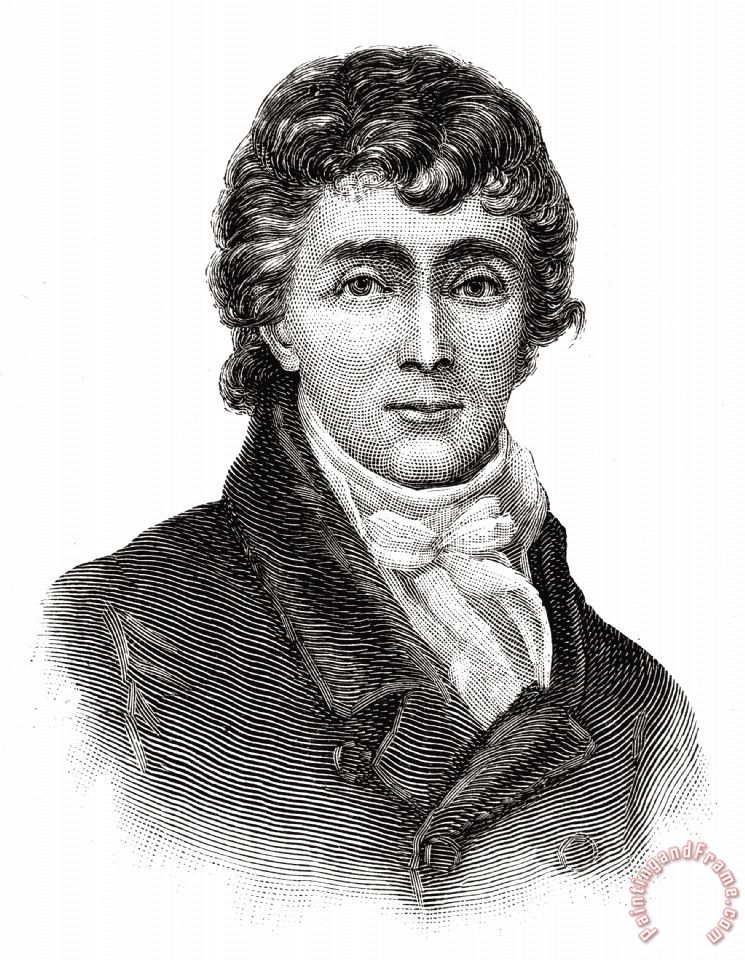

“On another occasion we went above the 66th Parallel under the polar ice. Anyway he bumped into us a couple of times and then swam away. “That whale thought we were his mother or his boyfriend. “We followed him for a couple of hours.”Ībout the strangest encounter they had was with a whale. “One day in the North Atlantic while we were submerged a Russian submarine went by. He wouldn’t talk about the incident except to say they ratcheted up their war status by a notch during this period. The closest Winslow and his Gold Crew ever came to war was during the Israeli-Egyptian War in 1973. “Except during an emergency aboard the boat we would not break the surface while on patrol.” “As we sailed from square-to-square on the charts in the ocean while underwater our target package would change with each square,” he said. “As we pulled away from the pier on my first cruise they were playing ‘The Star-Spangled Banner.’ As the sub passed the Isle of Clyde, John Philip Sousa marches were emanating from the sub as she sailed into the open sea,” Winslow remembered.įor the next 60 days or so the Francis Scott Key, with all of its deadly missiles aboard, disappeared beneath the sea. Rickover’s boys who grew up in the nuclear navy in the early 1950s. Our captain was John Foresight, one of Adm. “We had the best chow in the armed services-steak and on special occasions lobster. “She was 425-feet long, had three decks, an ice cream machine aboard and a piano in the back of the chow hall the guys played from time-to-time,” Winslow said. The 20-year-old Winslow climbed aboard the nuclear sub as one of the members of the 135-man crew. “I first saw this big, black submarine sailing past the Isle of Clyde into the dock the morning I arrived. The sub was at Holy Loch, Scotland at the time,” he said.

“I replaced an injured Gold Crew sailor aboard the Francis Scott Key. Then I was assigned for six months to the Navy’s land-based nuclear reactor at Windsor, Conn. I spent another 26 weeks in basic nuclear power school. After boot camp in San Diego I went to electronics school. Life aboard a nuclear submarine began for him when he and a buddy went down to the recruiting office and both signed up for a 6-year hitch in the Navy. “There are 20 of these nuclear missile subs at sea at any given time protecting the USA,” Winslow said. “From the time they said shoot we would have had all of our missiles away in five minutes,” Winslow explained.

In theory, the submarines missiles could obliterate more than 100 targets at the same time in minutes. The Benjamin Franklin Class nuclear sub’s main reason for existence was to deliver 16 multiple warhead nuclear missiles to an enemy’s shore.

The statement on the back of his T-shirt says it all, “Our job was to deliver retribution.” “We were there to give the Russians a moment of pause before they launched anything,” the 67-year-old former sailor recalled. He helped keep the nuclear reactor that powered the sub running during his six-year hitch in the service. served as an electrician’s mate 2nd class aboard the ballistic missile submarine Francis Scott Key during the Vietnam War era. served aboard nuclear sub USS Francis Scott Key during Vietnam War


 0 kommentar(er)
0 kommentar(er)
